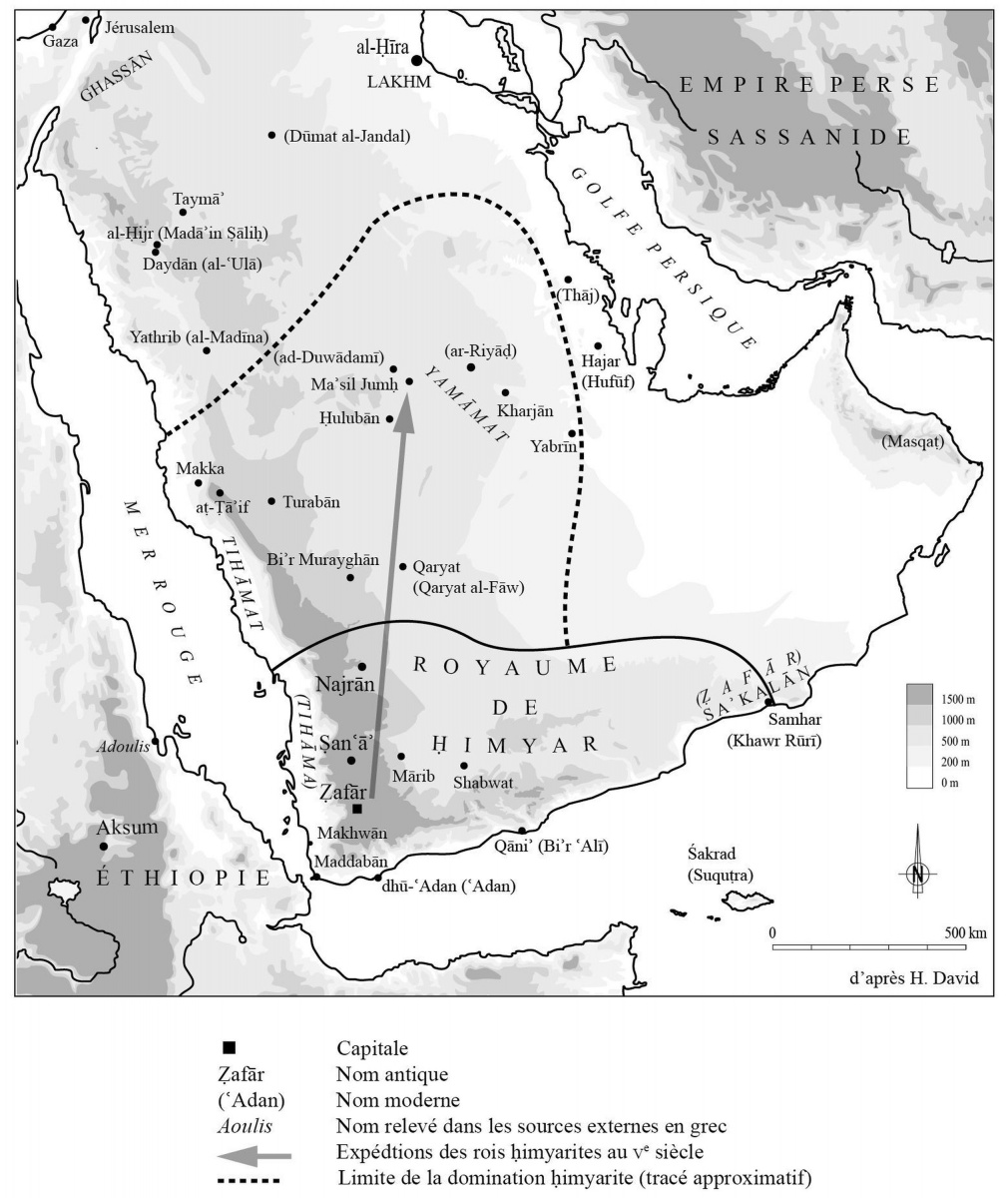🧵One by @ChawlaSwati
On the @DalaiLama & India:
1/ Many of us know that the 14th @DalaiLama has been living in #exile in #Himalayan town of #Dharamsala in northern India since 31 Mar 1959.
Why India?
Was he blazing a trail w/ his escape?
#TweetHistorians
Map from @TIME (1959)
On the @DalaiLama & India:
1/ Many of us know that the 14th @DalaiLama has been living in #exile in #Himalayan town of #Dharamsala in northern India since 31 Mar 1959.
Why India?
Was he blazing a trail w/ his escape?
#TweetHistorians
Map from @TIME (1959)

2/ Second question first: No, he wasn't.
In coming to India, the @DalaiLama trod the path of many #Tibetans before him-- traders+ aristocrats, monastics+ laity, and his predecessor, the 13th #DalaiLama, Thupten Gyatso, who had lived in exile in British India from 1910-12.
--SC
In coming to India, the @DalaiLama trod the path of many #Tibetans before him-- traders+ aristocrats, monastics+ laity, and his predecessor, the 13th #DalaiLama, Thupten Gyatso, who had lived in exile in British India from 1910-12.
--SC
3/ Aristocratic families in #Tibet were closely tied in networks of monastic patronage, intermarriage +trade w/ eastern #Himalayan kingdoms of #Bhutan+ #Sikkim. The British Political Officer in Sikkim kept close watch on these alliances. Here he is w/ the 13th #DalaiLama👇.
--SC
--SC

4/ Facilitated by the Political Officer, children from these families studied in British schools+ colleges in colonial capitals of Simla+ Calcutta in India, +at universities in England.
See letter👇 from @IN_Archives for the density of interconnections w/in the #Himalaya.
--SC
See letter👇 from @IN_Archives for the density of interconnections w/in the #Himalaya.
--SC

5/ In fact, Tibetans cud enter British India w/o passport, visa, or any entry permit-- "which is more than the Chinese or French, or I myself get,” said the last Brit Political Officer in Sikkim (8 May 1947).
The same was true for Indians traveling to Tibet.
--SC
#TweetHistorians
The same was true for Indians traveling to Tibet.
--SC
#TweetHistorians
6/ The colonial state tolerated some ambiguity re: borders. Borderlanders often had multiple+ overlapping political loyalties. Independent India inherited this cartographic uncertainty and territorial anxiety.
See, @GuyotRechard, @DavidGellner, @NMenonRao, @kylejgardner.
--SC



See, @GuyotRechard, @DavidGellner, @NMenonRao, @kylejgardner.
--SC




7/ Following Independence (1947), India remained sensitive to relative porosity of its border w/ Tibet +customary nature of movement across it. Tibetans were coming in increasing nos. in the wake of political changes in Tibet, including @DalaiLama's brother #GyaloThondup.
--SC
--SC

8/ A day before @DalaiLama reached India on 31 March 1959, Indian Prime Minister #Nehru told Parliament that it was customary for #Himalayan #Buddhist monks India to go to #Tibet for religious instruction w/o permits:
“They simply come and go, and do not report to us.”
--SC
“They simply come and go, and do not report to us.”
--SC
9/ @DalaiLama himself had met Nehru twice before 1959: in Peking (1954)+ for the #Buddha's 2500th birth anniversary celebrations in India (1956). On the second visit, he expressed a desire to stay in India and was (may be) given a saffron-colored car:
--SC

https://twitter.com/ChawlaSwati/status/1174518631633510400
--SC


10/ Thus, @DalaiLama and the #Tibetans who followed him were far from blazing a trail when they came to India, the birthplace of Buddhism+ an old friend to #Tibet. The sentiment is poignantly captured in Tibetan exile activist-poet Lhasang Tsering's "Thank You India."
-- SC
-- SC

11/ For more on @DalaiLama's escape to India, see:
--@DalaiLama's autobiography "Freedom in Exile"
--@GuyotRechard's
thewire.in/culture/1959-t…
--@JennieLatson's time.com/3742242/dalai-…👇
--SC
#TweetHistorians
--@DalaiLama's autobiography "Freedom in Exile"
--@GuyotRechard's
thewire.in/culture/1959-t…
--@JennieLatson's time.com/3742242/dalai-…👇
--SC
#TweetHistorians
12/ Check out related #himalayanhistories 🧵
--@DalaiLama's first meeting w/ #Nehru in 1954:
--@DalaiLama's visit to India for #BuddhaJayanti celebrations in 1956
-- 13th #DalaiLama's exile in India:
--SC
--@DalaiLama's first meeting w/ #Nehru in 1954:
https://twitter.com/ChawlaSwati/status/1236869826989051907
--@DalaiLama's visit to India for #BuddhaJayanti celebrations in 1956
https://twitter.com/ChawlaSwati/status/1239423301530738688
-- 13th #DalaiLama's exile in India:
https://twitter.com/ChawlaSwati/status/1231826069403029504
--SC
• • •
Missing some Tweet in this thread? You can try to
force a refresh


































